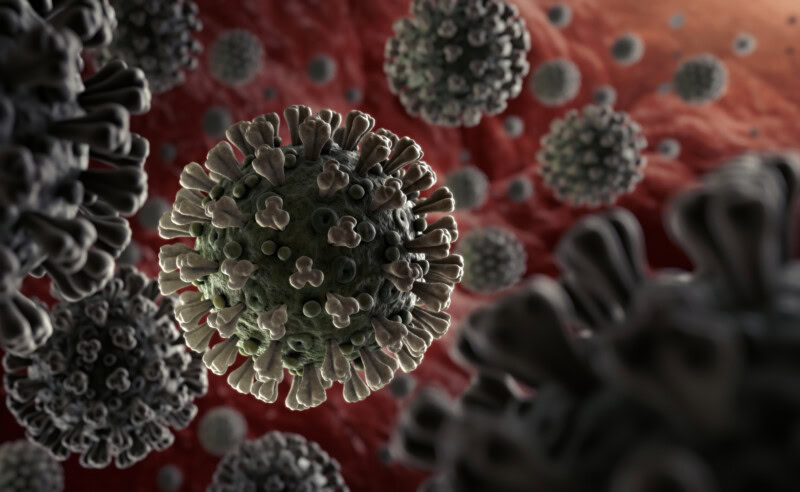Nearly every time we turn on the TV or scroll through social media, we seem to receive new guidance about how to best protect ourselves, loved ones, and communities from COVID-19. So, how can we determine what health and safety guidelines we need to follow? CTEH’s scientific experts are here to explain a few of the most commonly used coronavirus directives:
Social distancing: As the Centers for Disease Control and Prevention (CDC) says, social distancing, or keeping at least six feet of physical distance between yourself and people outside of your home, is “one of the best tools we have to avoid being exposed to this virus and slowing its spread.” All Americans are advised to practice social distancing by limiting close contact with others, staying out of crowded places, and avoiding gathering in groups.
Shelter in place: Under a shelter-in-place order, all residents are asked to stay home. Individuals may leave to report an essential job; obtain basic necessities (e.g., groceries, prescription medicines), ideally no more than once a week; or exercise outdoors, if done at least six feet away from others. Currently, the majority of U.S. states are under full or partial shelter-in-place orders.
Self-monitoring: Individuals should conduct self-monitoring if they believe they may have been exposed to COVID-19 through a distant contact. When self-monitoring, they should remain at home, limit interactions with others in their households, and watch for common symptoms such as fever, shortness of breath, or coughing.
Self-quarantine: The CDC recommends individuals self-quarantine if they have been in contact with a person recently diagnosed with COVID-19. During the 14-day quarantine period, they are advised to shelter in place and avoid all contact with others, including immediate family members.
Self-isolation: Individuals are directed to self-isolate if they have been diagnosed with COVID-19 by their health care providers, are waiting for test results, or are exhibiting distinct COVID-19 symptoms, but haven’t yet been tested. To avoid infecting others, they should stay in a separate room with no or minimal contact with the result of their households, including pets.
Do you need additional guidance about how to best respond to COVID-19? Contact CTEH at webquestion@cteh.com.
Any scientific or medical information included in this article is current as of the date of publication; however, public health knowledge of COVID-19 is rapidly developing. Readers are advised to monitor national, state and local public health agencies for current recommendations regarding any infectious disease.




